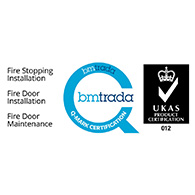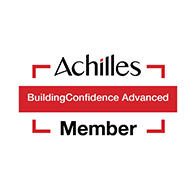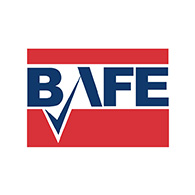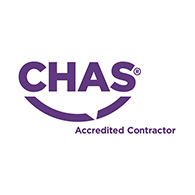Fire Engineering & Asset Management
To protect people, property and the environment
What is Fire Engineering?
*Fire Engineering is the application of scientific and engineering principles, rules (Codes), and expert judgment, based on an understanding of the phenomena and effects of fire and of the reaction and behaviour of people to fire, to protect people, property and the environment from the destructive effects of fire.
Onyx has an inhouse team to assist you with your buildings fire safety requirements, including updating existing, and creating retrospective fire strategies.
*As stated by the Fire Safety Advice Centre.
Asset Verification is the process of documenting a buildings existing assets and accurately marking this information onto a floor plan. Knowing what firefighting assets you have, their location and condition is a requirement for every building owner.
We provide a wide range of Fire Engineering services including:
- Fire Strategies
- Compartmentation Drawings
- Compartmentation Surveys
- Asset Verification
- Condition Reports
- Cause & Effect

Speak to one of our Fire Engineering experts
Why choose ONYX?
Industry leading utilisation of the latest software and automated systems, enable us to verify, assess and ultimately constantly monitor your assets.
Fire Detection
An intelligent fire detection system is crucial for safeguarding the wellbeing of a building’s occupants, providing early detection of a fire can ensure safe routes of evacuation, preventing mass injuries or potentially lives lost.
Additionally, our automatic fire detection systems allow peace of mind during working and non-working hours. It ensures that regardless of when a fire may occur, your building alerts the assigned ‘responsible person’ for alerting fire fighting services.
Through our independence from any single manufacturer, we can deliver a bespoke design, build and maintenance of a fire detection system to meet your business’s needs.
Emergency Lighting
A legal requirement, emergency lighting is designed to illuminate evacuation routes in a power cut during a fire. Running independent from the building’s primary power source, emergency lighting uses internal batteries to ensure continual lighting during fires.
Monthly checks are legally required into the systems alongside annual testing, which ensures that batteries last a minimum of 3 hours and are operating correctly during the event of a fire.
We ensure that our teams are designing, building and maintaining your systems to comply with leading regulations including BS 5266:2016 with our certifications demonstrating our systems’ compliance for your peace of mind.
Mechanical Smoke Control
A mechanical smoke control system actively contributes to reducing smoke from a building caused by a fire. Our smoke extract System incorporates fans at the top of the mechanical shaft, which extracts the smoke preventing fire and smoke from travelling to other areas.
An automatic opening smoke vent in another component contributes to the removal of smoke by using passive forces of wind. By remotely opening the vents, wind forces can extract the smoke through these vents, creating safe escape and entry routes.
Fire Extinguishers
A Fire Extinguisher is a critical aspect of the Active Fire Protection Strategy. It provides occupants with an active means of combating a fire in their evacuation route of the building. By law, you must have a specific number of extinguishers placed depending on your building’s context.
As part of a comprehensive strategy, we advocate for the continued maintenance of Fire Extinguishers. This ensures ongoing compliance of systems and that they are fit for purpose in the event of a fire.
Our maintenance checks include our inspectors checking they are in date, checking the seal ensuring it hasn’t been tampered, the needle in the gauge hasn’t been damaged and any damage, tears or fraying to the hose.
PAVA
A Public Address and Voice Alarm (PA/VA) System is an integral part of an Active Fire Protection strategy and often a legal requirement depending on your building’s size. Used to convey clear and instructive announcements during an emergency, a PAVA system directs a building’s occupants to clear exits.
A PAVA is used in conjuncture with a fire detection system. While a detection system is alerting occupants to a fire’s threat within a building, the PAVA uses this alertness to instruct where the fire is and if any evacuation points near are dangerous and should be steered away from.
The installation of a PAVA depends heavily on the building’s design. We can provide you with an intelligent system with minimalistic disruption to your building through a bespoke design, installation, and maintenance.
Disabled Refuge
A disabled refugee is an area within a building which uses an emergency panel to alert the designated person to their presence in the area and need for evacuation. These systems are put in place for the most vulnerable people of a building who cannot evacuate on their own.
The disabled refuge is usually placed within an area with other fire protection systems to ensure the occupants’ safety whilst they wait. With straightforward technology, the refuge acts as a two-point communication device where the occupant can demonstrate their refuge and can be passed on to firefighting services.
These systems need to be designed and installed at a strategic level throughout the building, particularly in high-rise buildings where lifts will automatically shut down in the event of a fire.
Regular maintenance of the refuge and area is needed to ensure the safety of the vulnerable who are incapable of self-evacuation. This includes checking the areas fire protection systems are intact, the panel is functional and communicates a clear signal.













